Salvatore Settis is an Italian archaeologist and art historian whose works have enjoyed their right to wide international recognition. However, our conversation with Professor Settis did not focus on this specific area of knowledge. ‘Professor’, we say; and the word draws our attention to his important role, from 1999 to 2010, as director of the Scuola Normale Superiore of Pisa, an institute of academic excellence. Actually, it was in this role that he gave a long interview to Silvia Dell’Orso, published by Laterza in 2004; he was unsparing in his observations on higher education (and especially Italian universities) and the difficult position of what are called the Humanities today. Settis’ strong public spirit, which led him out of the narrow province of science, research, and the dissemination of knowledge, was also visible in another field, as his public defence of cultural heritage echoed throughout Italy and beyond. While others supported the museumization of cultural remains to crow about their ‘historic cities’ (a title that is almost a tourism category today), Settis defended the correlation between heritage and its surroundings, and the role of heritage in safeguarding the soul of the city – that invisible character without which the city is an empty shell, or a plundered wasteland. The fate of historic cities, the damage they sustain, and the evils that afflict them were the topics of our conversation with Salvatore Settis, as indeed the fate of artistic, cultural, and landscape heritage as public goods, which ought to be considered an ‘interest of humanity’ and an ‘ingredient of democracy’. This interview took place against a backdrop of books that have given pleonastic consistency to the public action of this man of knowledge and science, an illustrious figure in the field of art history – a discipline that has a particularly rich tradition in Italy, and involves the wider sphere of human sciences. At a time when the Berlusconi government intended to pass a law that, in practice, allowed the sale of Italian palaces to the private sector, divesting the state of the nation’s public cultural heritage (the Frankfurter Allgemeine Zeitung, the most important German newspaper, used the sweeping phrase ‘the Taliban from Rome’), Salvatore Settis was the authoritative voice of the protests. The result of his public action was a book published in 2007, entitled Italia S.p.A. L’assalto al patrimonio culturale [‘Italy plc: The assault on cultural heritage’]. After this victory, he continued his fight by other means and for other vulnerable assets that were not only defiled by those holding political and administrative responsibilities but were also falling prey to private and public powers. His book If Venice Dies (Italy 2014) marks a high point of his civic commitment. It is a cry for help, but it is much more than that: it is a reflection on the present condition of historical cities, of which Venice is the supreme symbol, besieged by ignorant decisions and economic appeals from the tourist industry. We must note that these books, inspired by Settis’ civil engagement, have a powerful quality as essays and involve a vast historical knowledge of art and the intrinsic relations of the city with politics. His most recent contribution was Architettura e democrazia. Paesaggio, città, diritti civili (2017) [‘Architecture and democracy: landscape, city, and civil rights’]. With this book, Settis capped his long reflection on the responsibilities and ethics of the architect, on the landscape as ‘a theatre for democracy’ (as it embodies collective and community values), and on its indissoluble ties with historic and artistic heritage. In his earlier Paesaggio, costituzione, cemento. La bataglia per l’ambiente contro il degrado civile (2010) [‘Landscape, concrete, and the constitution: The battle for the environment against urban disrepair’], Settis used the evidence of the evils that affected the devastated Italian landscape to outline the history of the ethics and the jurisprudence enshrined in the Constitution, which were now being infringed by the modern practices of property speculation and the assault on public assets. These principles, adopted by other constitutions based on the old ‘Italian model’, go back to Roman Law and are an important chapter in Italian history. They were once the basis for the state supervision of the territory as a public good. History, its inflections, and the ethical and social codes implied in the notions of landscape, environment and territory are the subject of this book, which draws on rigorous historical research to name and characterize the anomalies of the present situation.
Italian writer Salvatore Settis is an art historian known for his public intervention and essays on the threats raised by political and economic management to cultural heritage. This is one of the topics approached in this interview, which also deals with the pressure that historical cities are subjected by tourists, as well as the role and responsibility of architects.
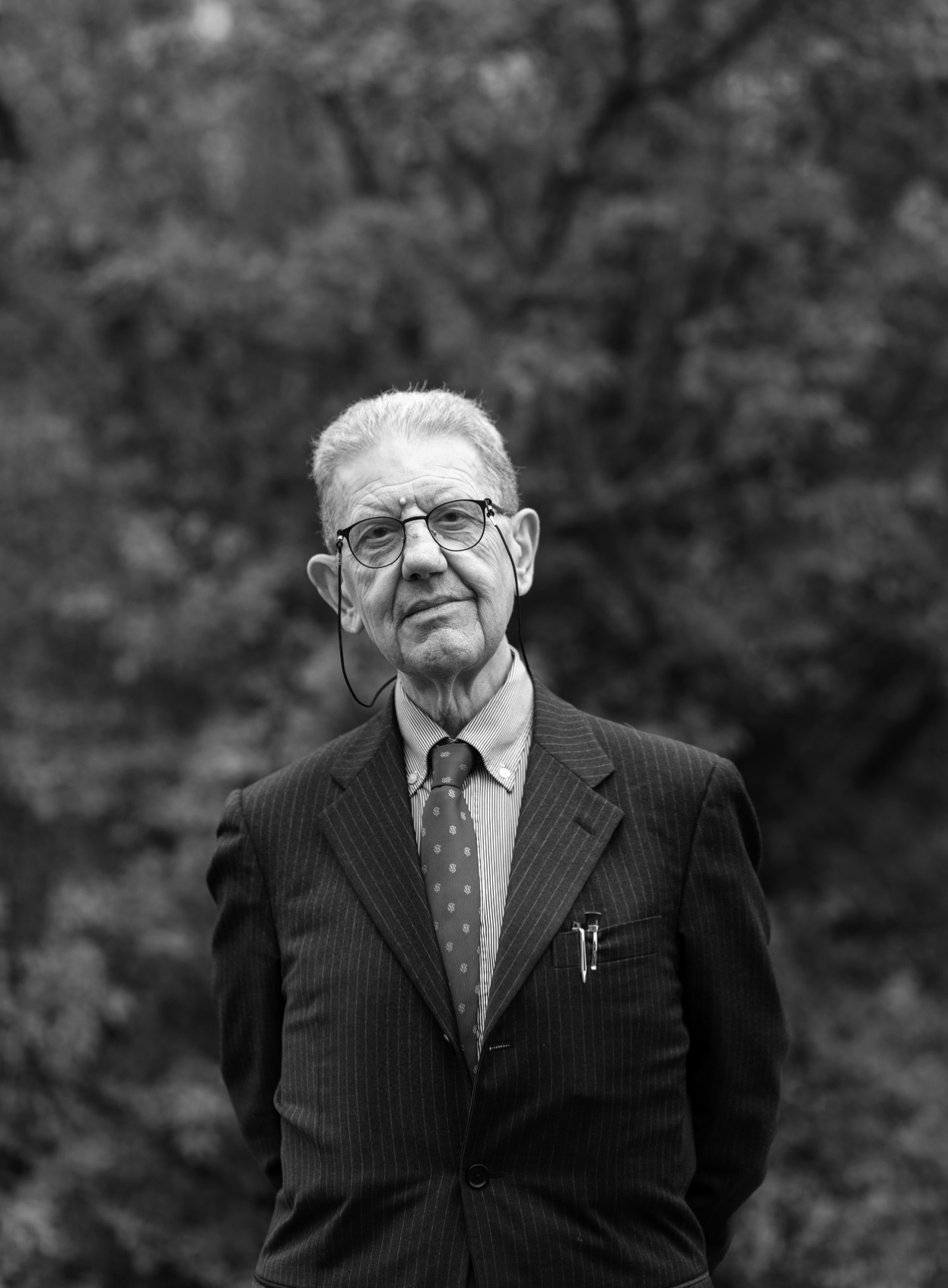
Salvatore Settis em Lisboa, 2018
© Photo: Alexandre Ramos
ANTÓNIO GUERREIRO As an art historian and an archaeologist, we may say that you follow Foucault’s principle, according to which archaeology is the only access route to the present.
SALVATORE SETTIS The phrase refers to the sense of archaeology as a metaphor. I would say that archaeology as a technique and archaeology as a metaphor presuppose each other. Archaeology as a technique consists of excavations relating to former times. But why do we do it? Because we care about the past: our past, if we dig a site in our homeland; the past of human beings like us, if we dig in China. Archaeology as a metaphor (used by Foucault, but before him by Freud) is significant because it entails a problem: the relationship between collective and individual memory. I speak of archaeology as a metaphor if I speak on behalf of the community. We ought to recall our past, as we live in a society obsessed with the present. Personally, I think that this presentism, as the French historian François Hartog calls it, prevents us from thinking about the past; and not only that: it also blocks us out from the future. We are unable to build our future because we are obsessed with the present. And we know too well that the present is complicated and absorbs much of our energy. Now, archaeology is a technique for avoiding presentism, as we work on the past to think about the future. That’s how I see the role of archaeology.
Cities are not museums: they’re meant to be lived in, and that’s the reason why conservation supervision should not be perceived as a way of leaving everything in a state of hibernation. I don’t wish heritage protection to mean hibernation.
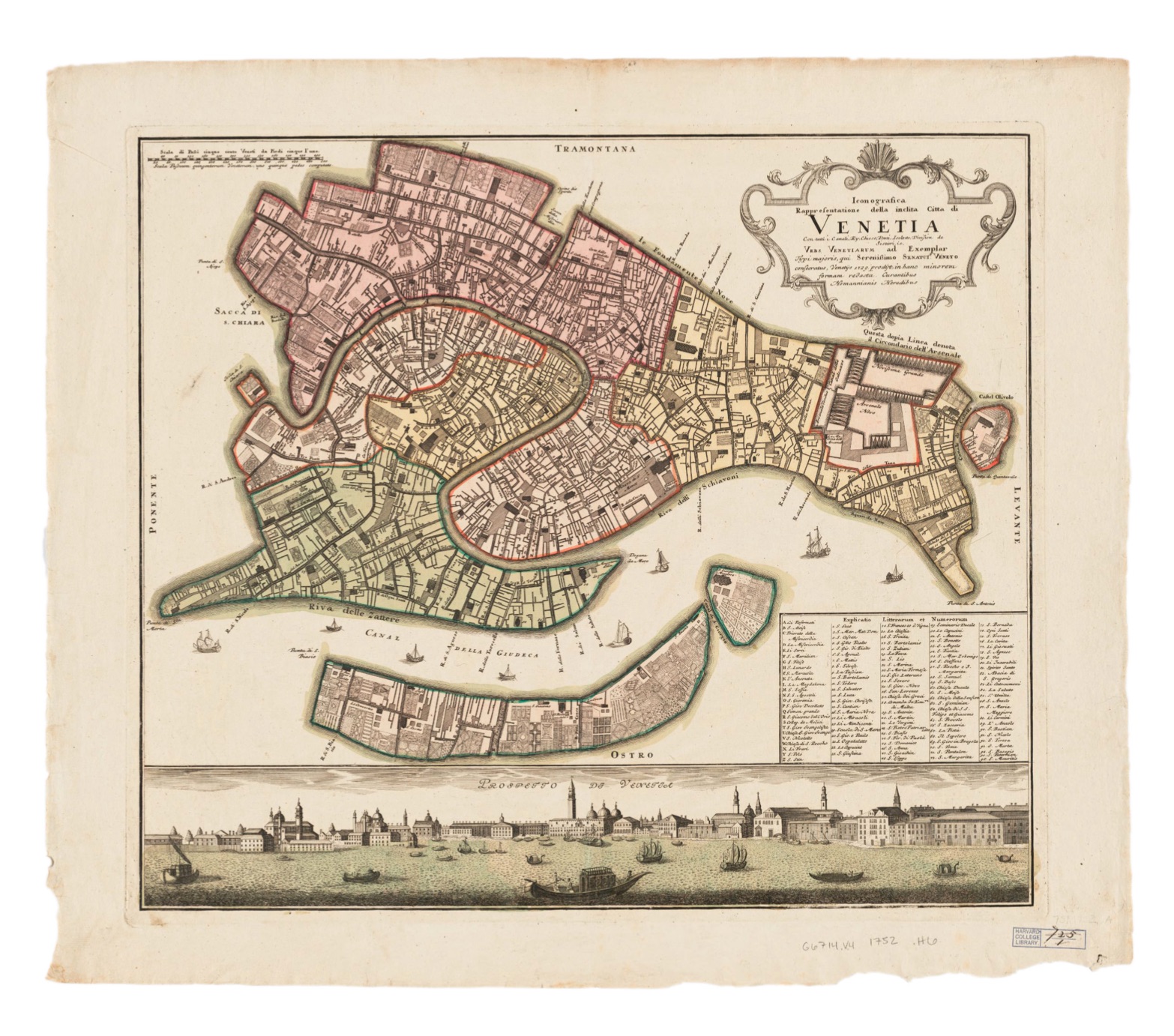
AG The root of the modern concept of cultural heritage can be found in Aloïs Riegl, the director of the Museum of Decorative Arts in Vienna, who wrote The Modern Cult of Monuments in 1903. Do you follow Riegl in your concept of cultural heritage?
SS I believe that Riegl was extremely important, but we have to go much further back. I’ve tried to follow an Italian perspective, as my first writings on the subject were part of a controversy against the Italian governments that planned to sell our heritage or reduce their supervision powers. My purpose was to work from an Italian tradition much older than Riegl. I could mention two very significant examples: the statute or constitution of the Commune of Siena, an independent republic in 1309, according to which beauty should be the main concern of the city; whoever governs the city must put the beauty of the city first. And the beauty of the city generates prosperity, allegrezza (joy) and happiness. And there is another important text: the so-called Letter to Leo X, by Raphael Sanzio. We also have Baldassai Castiglione, author of The Book of the Courtier, published in 1519, on the safeguarding and preservation of Roman antiquities. Italy has a long tradition of heritage preservation.
AG It’s what we call the ‘Italian model’.
SS Obviously, there is always, and always has been, someone in the world who recognizes the beauty of something and its appeal, and therefore acknowledges that it ought to be preserved. Now, what is the Italian model? It consists of giving this sense of aesthetic quality ethical and legal significance, in providing it with a legal basis. This legal awareness goes back to Roman Law. Because Roman Law established certain concepts: for example, the dicatio ad patriam, the rule of submission to public use, according to which if you build a house and put statues on the facade, the statues belong to you, but you cannot remove them because they have also become public property. All the Italian charters – mainly in Rome, but also in the Grand Duchy of Tuscany, the Duchy of Modena and various states, e.g. the Kingdom of Naples – have paid particular attention to the regulations for heritage preservation and the provisions that translate the idea of beauty into an ethical value and a legal construct with its own set of rules. All of this was overshadowed by the concept of patrimoine national, as developed from the time of the French Revolution, because in the ancien régime protection had been associated with the sovereign: the Pope protected the antiquities of Rome because they belonged to him. After the French Revolution, the antiquities of Rome were protected because they belonged to the people. When sovereignty is transferred to the people, this legal concept takes on a very different meaning and can be a principle of solidarity within a society.
Just as doctors have their responsibilities and are bound by the Hippocratic Oath, by which they swear to do everything to cure the patients while bringing no harm to them, architects should be subject to something similar.
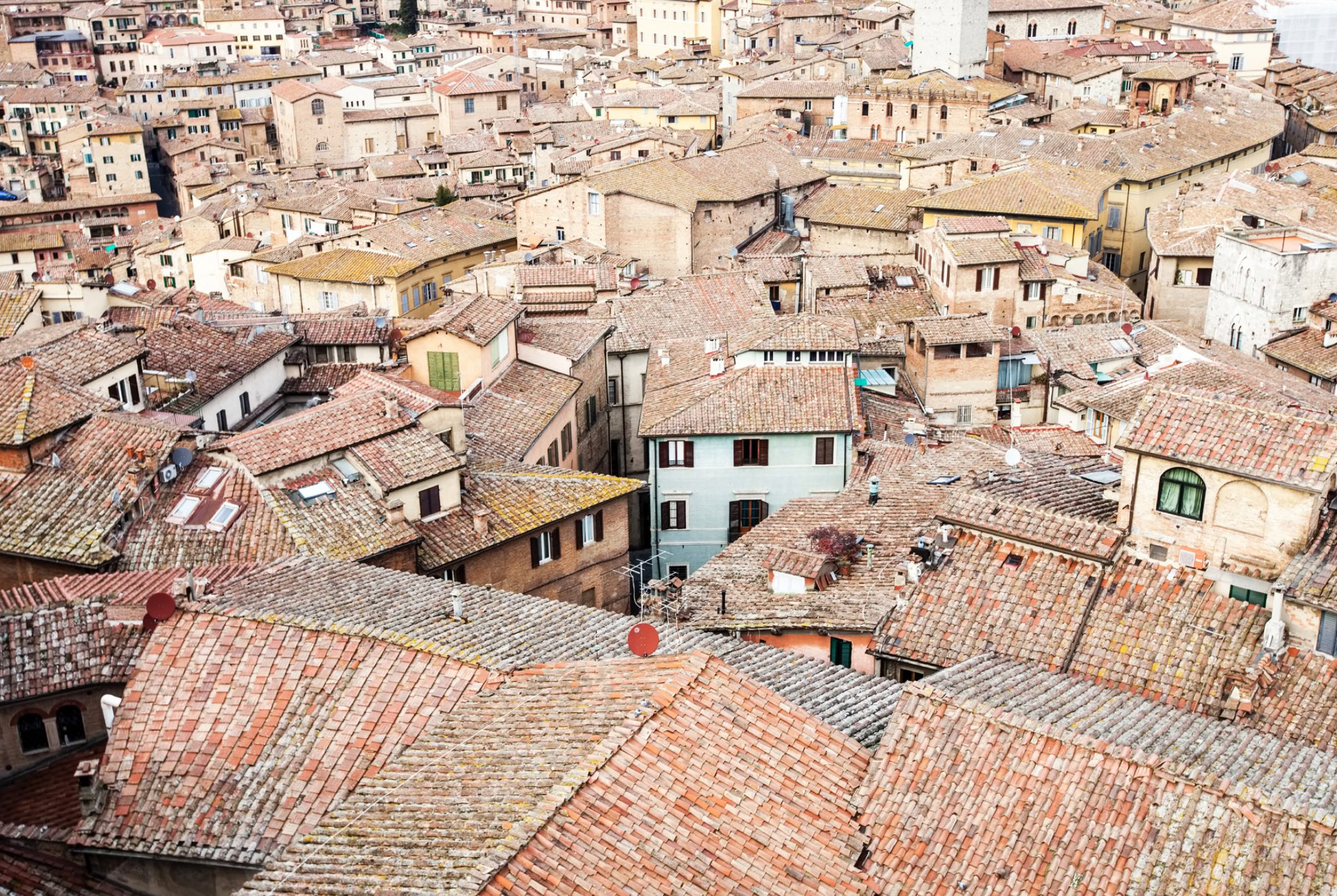
© André Vicente Gonçalves
AG That’s what we call the social function of heritage. At what point did this social role begin to be in danger?
SS You can say that it’s constantly in danger. Laws are made because there is a situation that makes them necessary. You pass a law on murder because murder exists. Whenever there is a law for the protection of cultural heritage, there is, and always has been, a conflicting tension between the rules that preserve and the rules that destroy. It still happens today. However, there’s been a double novelty in the last fifty years. On the one hand, most countries hadn’t passed any regulations for the supervision of their historic and artistic heritage; in fact, supervision was largely uncommon. The first constitution that mentioned supervision was the constitution of the Weimar Republic in 1919; the second was the Spanish Republican constitution of 1931; the third was the Italian constitution of 1948. In the post-war period, after the 1950s, heritage supervision became a world fact; it was embedded in the constitutions and legal systems of countries in Latin America, Asia and Africa. On the one hand, it’s true that the European model had been widely disseminated. On the other hand, in countries where this tradition is much older, as in Italy, the issue lost its relevance. What I find interesting is that these two modes of development are opposed: the supervision model (this is a key word in the Italian constitution) is widespread because you fear that the art works from a certain country, the works of the Mayans and the Aztecs, for example, will be diverted to the market. Regulations are disseminated as a reaction to the market. In contrast, regulatory acts grow weaker in Italy because the international market is powerful and greatly desires Italian works of art – works from the Renaissance, for example, but also ancient art such as the sculptures and vases that are found in southern Italy. So, it’s rather interesting to observe that both the positive and negative forms of development are conditioned by the dominant force of our time: the market. In a country like Italy, there are forces that work in opposite directions; there is always contradiction and a precarious balance. I think the role of an art historian or archaeologist like me is to persist on one front and cut the other short.
AG Your book Italy plc: The assault on cultural heritage was a reaction to a moment of extreme danger.
SS It was in fact the response to a moment of extreme danger. We had a government led by Berlusconi that concocted a law according to which any public immovable heritage, including the Quirinal Palace, the official residence of the president of Italy, could, in principle, be sold; the plan was viewed as a solution to the problem of public debt. The idea was to sell our public palaces, pocketing a great deal of money in one go, and keep renting them out. Obviously, this doesn’t work, not even from a strictly economic point of view, and the Berlusconi government itself put an end to the project a few years later. When I engaged in the fight with that book, I was almost alone; but it was a successful battle: the law was cancelled. Although some smaller properties were sold after that, the overall operation has never been carried out.
AG However, you did go further and denounce the trend to sell the landscape itself.
SS That was a marginal issue because the law didn’t mention the landscape at the time. However, the Italian constitution, just like the Portuguese constitution, provides that the supervision of historic and artistic heritage includes landscape preservation. Which is absolutely fair: together, landscape and artistic heritage reflect a kind of unity. The landscape is subject to a different danger: the danger of being considered not as collective property – which it is, due to its aesthetic, ethical, and historic value – but merely as ground on which you can build. And then the economic value of the land and the pursuit of profit from property become more prominent than any other value. In a later book – Paesaggio, costituzione, cemento [‘Landscape, concrete and the constitution’] – I tried to argue, by reconstructing the whole history of Italian law since the Middle Ages, that private property, although unchallenged, is subject to regulation due to its involvement in the landscape, according to the principle of public interest recognized by the Italian legal system. Today, in Italy, there is no longer any risk of the state selling its museums or its works of art. Nevertheless, the Italian landscape continues to be devastated; houses are still being built everywhere, even though the Italian population is not growing. Why must we have so many new buildings when the number of people is the same? Let us take Rome as an example: why are there projects for building skyscrapers in Rome, when we have more than two hundred thousand empty apartments in the city? I’ve been asking this vital question for years.
AG There’s much talk of the historic centres of the cities now. However, the concept of ‘historic centre’ is largely determined by tourism. Is preservation necessarily a synonym for museumization?
SS Good question. I am completely opposed to any form of museumization of a city; a city is not supposed to be a museum. In Italy, the discourse on the ‘museum city’ is now a common currency. Venice is the greatest example, but there is also the historic centre of Florence. Cities are not museums: they’re meant to be lived in, and that’s the reason why conservation supervision should not be perceived as a way of leaving everything in a state of hibernation. I don’t wish heritage protection to mean hibernation. Reality does not hibernate; the landscape is constantly changing. In historic cities, even in the most precious cities, change should not be excluded at all. We need change. A historic city must be a city that has a body and a soul; the citizens give the city its soul. Moreover, citizens cannot be put in a museum; we can’t consider the citizens living in the historical centre of Siena as museum pieces – because they are alive, they have their lives. I believe that the notion of a historical centre itself carries certain risks. Does it mean that there are things in a city that you cannot mess with? Or is there the notion of making anything but the historic centre available to intervention? Was it intended to prevent us from building in the centre of Florence, or to allow us to do whatever we wish on the outskirts of Florence? Are we forbidden to build a large factory in St. Mark’s Square, or are we allowed to build it in Marghera? A factory in Marghera would still contaminate the whole system of the Venetian Lagoon. The notion of historic centre serves to legitimise the development of the peripheral areas, which reflect the most significant architectural design of the last fifty years in Italy, but also the most hideous of the last three thousand years. Italian architecture has very often kept a high quality standard, but the Italian ‘peripheries’ are the most hideous in the world. And all the time we kept saying that we were protecting the historic centre. We should have created regulations for restraining the development of the peripheries; peripheries were not necessary anyway.
AG What about your book Architettura e democrazia [‘Architecture and democracy’]? It’s almost a manifesto of ethical duty, and the civil and political responsibilities of the architects.
SS In that book, I argued that architects have ethical responsibilities that they cannot renounce. Just as doctors have their responsibilities and are bound by the Hippocratic Oath, by which they swear to do everything to cure the patients while bringing no harm to them, architects should be subject to something similar and follow this principle: ‘I can do a lot, but I cannot harm the landscape on which I work.’ So, almost in a playful way, I invented the ‘Vitruvian oath’, which had a certain success in Italy. In some cities, as in Reggio Emilia, the local association of architects adhered to my idea: an oath that would bind all architects to such values as the common good, ethics, knowledge, and responsibility. The speech I felt I had to make was about the ethical responsibility of the architect as a person who works for the citizens and builds the place where they live. I found very interesting and very beautiful texts by the Italian-Brazilian modernist architect Lina Bo Bardi – who qualified in Italy in 1939 but worked and lived in Brazil from 1946 until her death in 1992. She fought her entire life for the moral and social responsibility of the architect. The architect shouldn’t build merely because he or she is paid to do so, just as the doctor cannot accept a commission, under payment, to kill a person. An architect should take on a similar duty. If you’re asked to build a skyscraper in the centre of a historic city, you should say no. Architecture must be an essential aspect of the ‘right to the city’.
AG In your book on Venice, inspired by Calvino’s Invisible Cities, you establish an important distinction between the body and the soul of the city. This opposition is very effective when analysing the phenomena that damage historic cities today.
SS I knew Italo Calvino, we were friends; we talked often. I quote Calvino because his book is very beautiful and it presents Venice in contrast to the shapeless city, the modern megalopolis. However, I also wanted to pay my personal tribute to Calvino. In this book, I take Venice as a symbol of the historic city, where there’s a symbiosis between the urban fabric and its natural environment, the Lagoon. Also, because some processes are more evident in Venice than elsewhere, particularly the relentless depopulation of the city. Venice has lost two thirds of its population in the last fifty years. It’s losing one thousand inhabitants each year, and is becoming increasingly empty. A city that loses its inhabitants ceases to be a city, if it’s true that the citizens are the soul of a city. All this happens, and no one tries to look into the matter and understand why. Still, the answer is simple. Venice is a famous city; it is extraordinarily beautiful and attracts wealthy people who buy a palace by the Grand Canal; but they don’t stay in the city for more than a few days in a whole year. In fact, a great number of houses in Venice are second homes, and nothing is done to stop it. Switzerland passed a law stipulating that only twenty percent of the housing accommodations, not more, may be second homes. What are the repercussions of this huge number of people who spend on average two and a half days a year in Venice, and therefore cannot participate in the life of the city? One repercussion: the complete transformation of the market, which makes it impossible for the young, the old, and the poor to live in Venice; they can’t afford it. I cannot fathom why neither the mayor of Venice, nor the Italian state, nor the Veneto region does anything to stop this. If Switzerland, which is not a communist country, passed a law restricting private property, I cannot understand why we wouldn’t do the same in Italy, as an experiment, even; for a few years, in Venice.
AG The title of your book If Venice Dies is no good omen.
SS ‘If Venice dies’ is a subordinate clause. The book ends with the full sentence: if Venice dies, it won’t be the only thing that dies: the very idea of the city – as an open space where diversity and social life can unfold, as the supreme creation of our civilization, as a commitment to and promise of democracy – will also die with it.1 If you do nothing for such a precious city, how can you expect anything to be done for other cities?
AG Venice as the archetype of the city: that’s how Calvino presented it in Invisible Cities.
SS Venice as the archetype of the city is an idea that Calvino attributed to Marco Polo, who always thought of Venice as a Venetian. I’m not a Venetian; I use Calvino, who wasn’t a Venetian either, as an intermediary. Of course, when I say that if Venice dies, the historical city will die too, I’m using a rhetorical, not literal, way of sounding the alarm. Something very serious is happening to Venice, and nobody does anything. What’s more, this is happening in the country with the oldest tradition in heritage preservation in the world.
AG There is a recurrent argument we always have to face: either we set the momentum of tourism free or historical cities have no chance of surviving and escaping ruin.
SS That’s a fallacy, because it is based on the assumption that the inhabitants of a city could exist merely to work for the tourists and that the city could be transformed into a city of slaves. That has never happened in history. Obviously, we don’t want to ban tourism; I also enjoy visiting other countries. And we need people to take care of everything that tourism requires. But you cannot turn a whole city into a tourist facility. It’s a fallacious argument, because it assumes that creative activities no longer exist, and cities do not create anything; cities merely receive a flow of money without creating anything. At best, they would create cooking recipes: some new kind of pastaciutta, perhaps. No, that should not be the purpose of a city. I want an open city, a tourist city, but the real attraction of tourism should be your curiosity for the culture of another country. From the moment that the tourists find that the city they’re visiting is nothing but a giant tourist facility and all creative activities have disappeared, the city is dead. Venice still has the Biennale, and the university. If only the young people who study there could live in the city and didn’t have to catch the train every day to Venice and back... The Biennale, which was created more than a hundred years ago, was already a reaction to the decline of Venice. We’ve carried our ancestors’ creation on, but we’ve been unable to create anything new.
AG Venice has a School of Architecture that was very important in the seventies and eighties. It was the school of many distinguished figures: Tafuri, Rossi, Gregotti. Is the School still important?
SS It is, but it could be more important still. It could be a centre of attraction that would turn Venice into a worldwide case-study – not in a purely abstract way, as is the administration’s discourse to save Venice. The administration is inert; you need only see how huge cruise ships, much taller than the Palazzo Ducale, are still allowed to get dangerously close to St. Mark’s Square. We know too well what would happen if one of these ships collided with the Palazzo Ducale. It’s not only dangerous; there’s also the negative visual impact. The Corriere della Sera estimated that the cost of the damage that one ship would cause would be larger by far than all the money spent by all the tourists travelling on her, when they go into the city for a few hours.
AG Is the classical concept of the city in peril today?
SS I think that the city is in crisis, especially because the globalization process will subconsciously induce us to think that the cities of the future will follow a single model. And that all cities will be the same; all will be characterized by an indefinite expansion; and neighbourhoods will be divided according to the income of the citizens. There would be the poor man’s neighbourhood and the wealthy man’s neighbourhood, one with private condos, the other a favela, as in Brazil and Mexico. I elaborated on this in Architettura e democrazia [“Architecture and democracy”]. The model of a continuously expanding city is a success now, because huge masses of the population are still relocating to the cities. In 1850, three percent of the world population lived in a city; the number amounts to 54 percent today and will be 70 percent in thirty years. It’s a very complex phenomenon. It’s not my field, but I just wonder: is this the only model for a city or is it possible to protect diversity? All modes of diversity have prevailed in religion, in culture, in sexual orientation, and in ideas. Should we not also defend the diversity of the cities? How do you live in a city that has forty million inhabitants? I wouldn’t want to live there. I argue that it’s possible to have a model of a historic city that has its own life, a creative life, without thinking that it must expand continuously, without thinking of integrating skyscrapers, without thinking that people should be organized according to a division between poor neighbourhoods and wealthy ones. Are these phenomena unavoidable? Maybe not. In any case, they can be avoided in some cities. And I believe that a city like Venice, where the Lagoon sharply defines the perimeter of the historic centre, lends itself to acting as a symbol.
AG One of your books is entitled The Future of the ‘Classical’.2 What is your definition of ‘classical’?
SS The word ‘classical’ has many meanings; for example, there is classical music, there are the classics in literature, and so on. I didn’t use the word in this sense. I was talking about classical culture, about how ancient Greco-Roman culture was, for a long time, from Humanism to the First World War, the culture of the European elites. It was said throughout Europe, including Russia, that the study of Greek and Roman cultures had the purpose of educating the spirit as no other culture could. Today, nobody thinks that way. What will be the future of Greco-Roman culture? My answer in that book was briefly this: it’s important to study Greco-Roman culture because it allows you to combine the concepts of your thinking. It can be even more useful if we remember that, contrary to what was believed in the nineteenth century, it’s not true that Greeks and Romans are like us. They were very different. You ought to recognize classical culture as different from your own, as you must understand the diversity within classical culture: the Greeks of Sicily were very different from those of Asia Minor, and the Romans of the province of Hispania were different from those of Roman Dacia. If you perceive all this diversity, then the mental gymnastics of travelling through the ancient world will teach you to respect other cultures. The answer that I try to give in this book is this: the study of classical culture, Greek literature, Latin literature, history, art, and so forth, educates for diversity. That is the future of the classical.
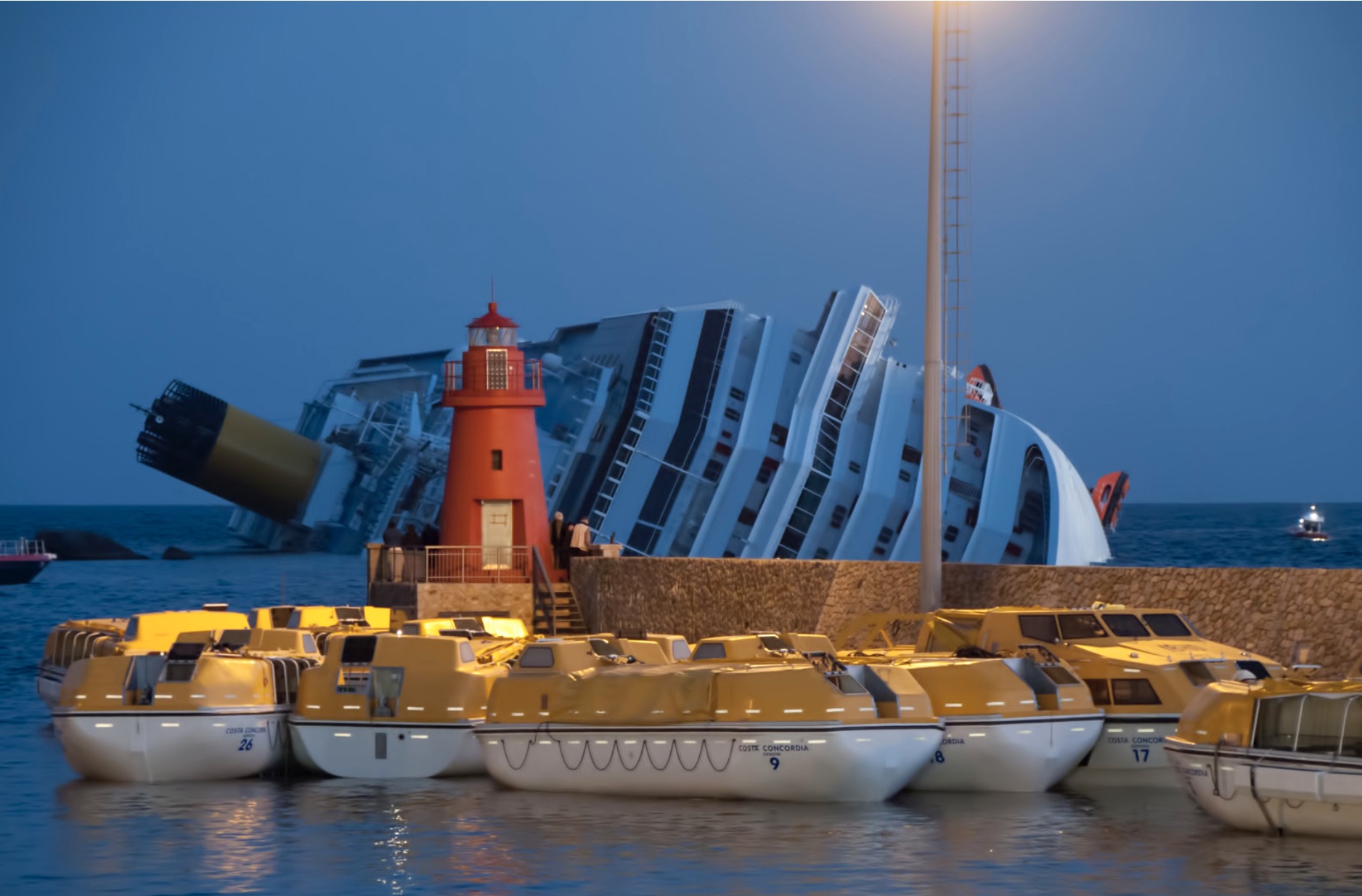
© Rvongher
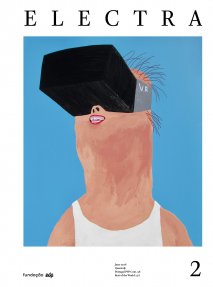
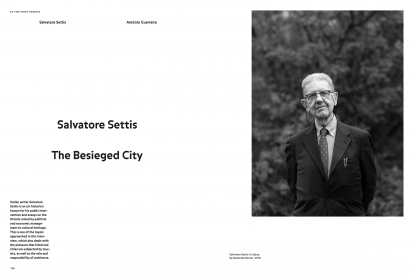
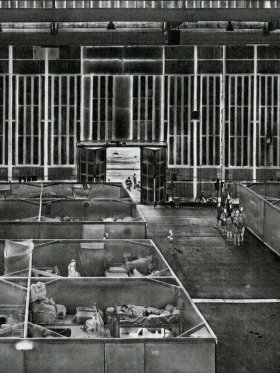


Share article